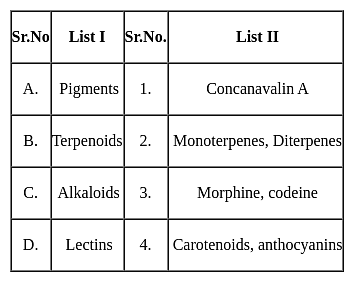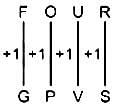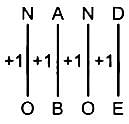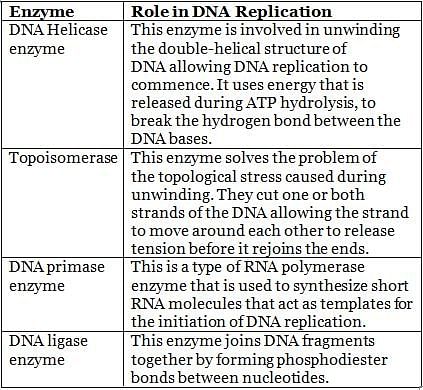CSIR NET Life Sciences Mock Test - 1 - CSIR NET Life Science MCQ
30 Questions MCQ Test CSIR NET Life Science Mock Test Series - CSIR NET Life Sciences Mock Test - 1
Find the value of ‘?’ in the following question
28.56% of 91 + 44.44% of 162 = 400% of ?
The arithmetic mean of 9 terms is given as 49. If the mean of first 7 terms is 37, find the mean of last 2 terms.
| 1 Crore+ students have signed up on EduRev. Have you? Download the App |
There are T number of total factors of Number N = 64 × 3125 × 343 × 343 × 10000000. Among them there are E number of Even factors. Find the Value of T + E.
In a certain code language, "FOUR" is written as "GPVS". How is "NAND" written in that code language?
The cost price of a shirt is Rs. 262.40, At what price should it be marked so as to gain 14% after allowing a 18% discount on the market price?
What is the effect of 2, 4 - dinitrophenol on mitochondria?
Name the process of transition from normal cells to cancerous cells?
Which of the following is NOT the part of growth medium for animal culture?
The rate of water reabsorption from the proximal tubule is determined primarily by the:
The enzyme required for removing RNA primer during DNA replication is:
Which one of the following is most sensitive to environmental change?
The cell organelle known as "power house" of the cell:
In the Mirabilis plant the appearance of the pink hybrid (Rr) between a cross of a red (RR) and white (rr) flower parent indicates
If the physical change accompanying the reaction is heat output, the biosensors are referred to as:
Coiling of garden pea around any structure is an example of:
Which of the following are the basic categories of chemical signaling found in multicellular organisms?
Match column I with column II and select the correct option from the given codes.

The table given below lists types of plant communities and types of growth forms.

Which of the following is the best match for the plant communities with most dominant growth form generally present in that community?
In which part of India we can found fan-throated lizard?









 Rs.
Rs. 



















